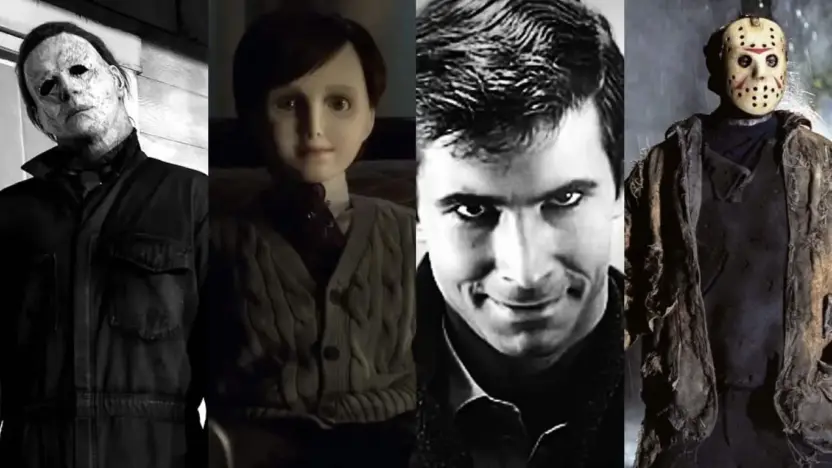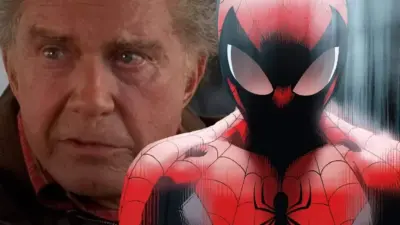Horror cinema has a rich legacy of instilling fear, and nothing embodies this more than its iconic characters. From relentless killers to haunting supernatural entities, these figures have become symbols of our deepest fears and anxieties. This article delves into the “15 Most Terrifying Characters From Horror Movies”. Each character, with its unique appearance and harrowing tale, has left an indelible mark on the genre.
15 Most Terrifying Characters From Horror Movies
Freddy Krueger
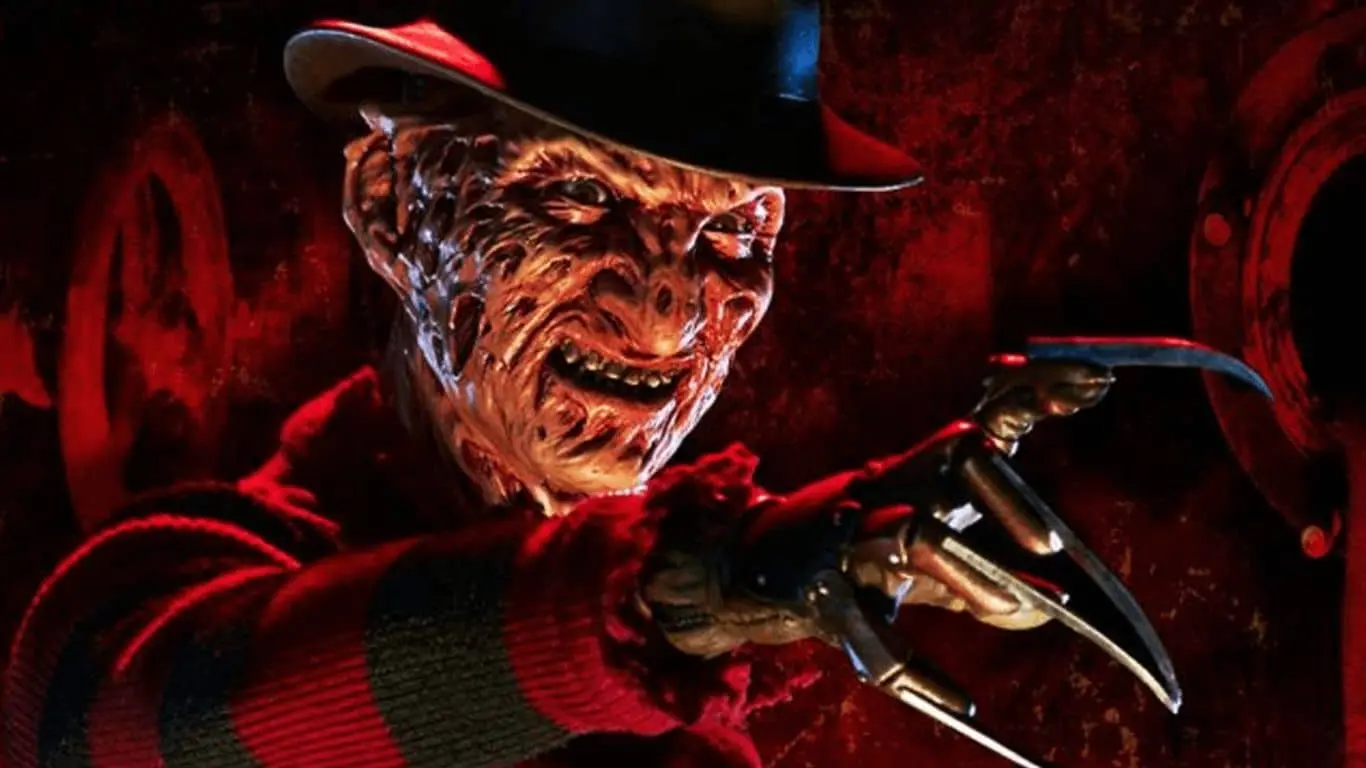
The infamous Freddy Krueger from “A Nightmare on Elm Street” (1984) is a unique figure among horror villains. Portrayed by Robert Englund, he stalks his victims in their dreams, turning nightmares into fatal reality. What sets Krueger apart is his flamboyant personality, growing more pronounced with each installment. His haunting one-liners add a twisted charm to his murderous rampages, creating an engaging, horrifying character.
Beyond just killing, Krueger’s taunting adds a psychological edge to his terror. Englund’s portrayal, filled with an intriguing blend of resentment and charisma, became iconic after he took over the role from David Warner. His complex emotions helped shape one of horror cinema’s most unforgettable antagonists.
Jason Voorhees
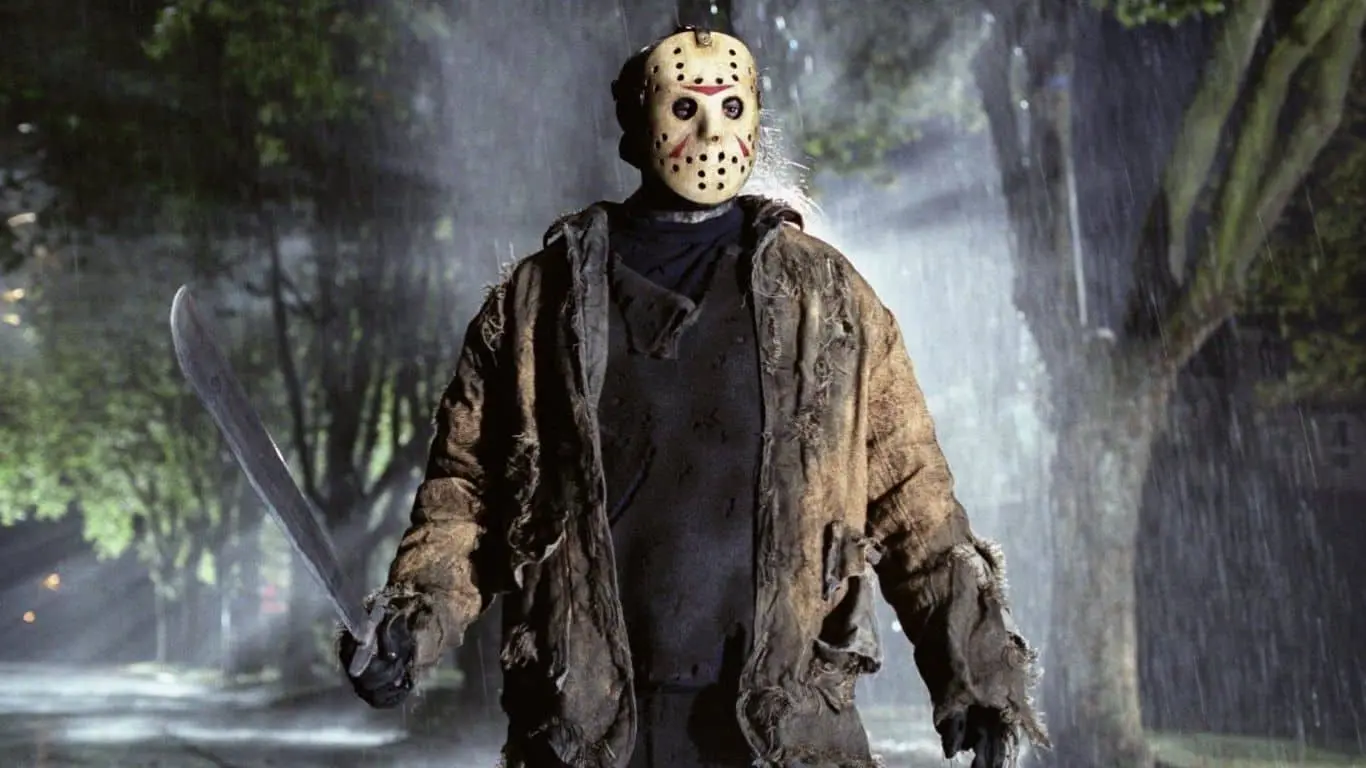
Voorhees, the relentless killer of the ‘Friday the 13th’ franchise, became synonymous with horror, but he didn’t begin as the central villain. In the first film, his mother was the murderer, driven by revenge. It was only in the third film that Jason donned his iconic hockey mask and machete, symbols that transformed him into an unforgettable figure in the genre.
Despite his late emergence as the primary antagonist, Jason’s cold, expressionless visage behind the mask has come to define not just the franchise, but a significant part of ’80s horror cinema, leaving a lasting impact on audiences.
Count Dracula
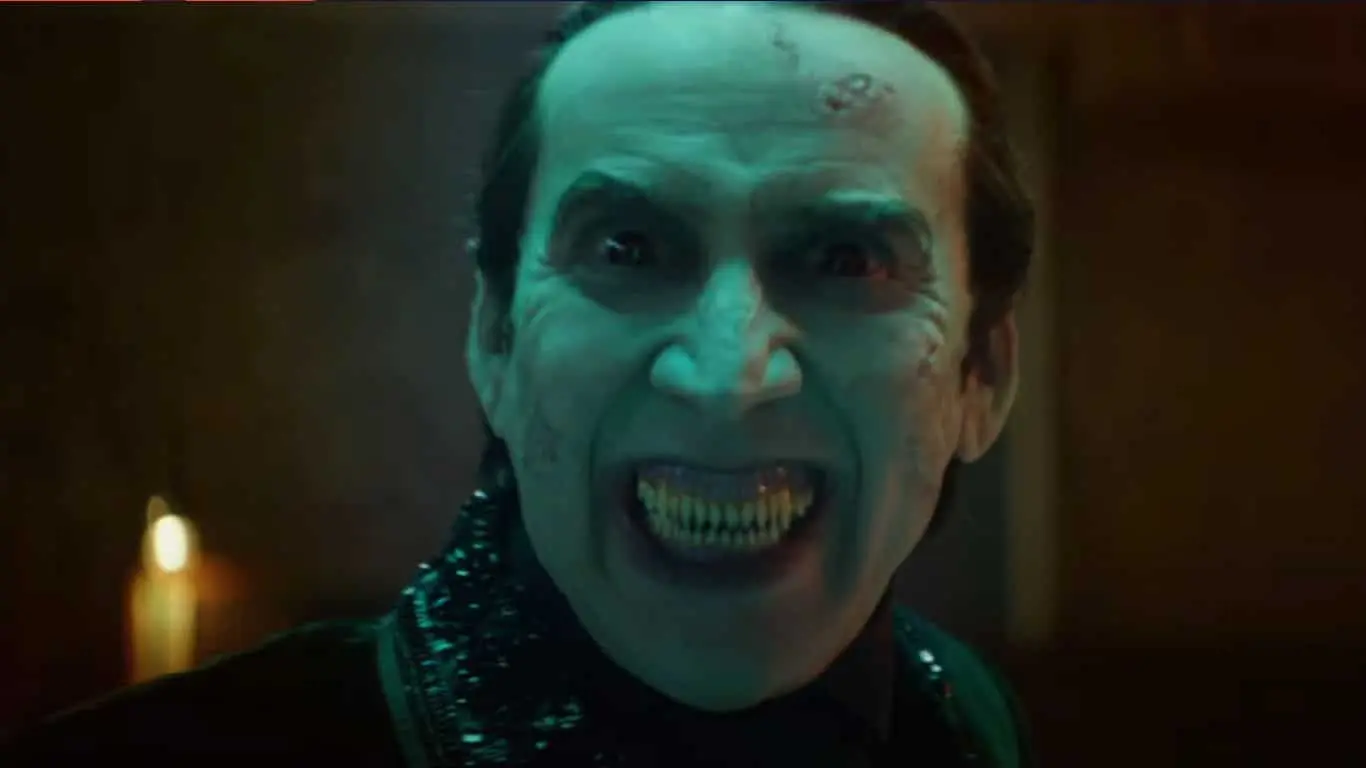
Count Dracula stands as a monumental figure in horror, embodying aspects of slashers, serial killers, and vampires since his cinematic debut in 1931. His immortality and vast powers make him a formidable antagonist, a character who has been reinvented multiple times. While Bela Lugosi’s portrayal is classic, it was Sir Christopher Lee who added a grandiose and sadistic dimension to the character.
Lee’s imposing height and an irresistible allure lent a captivating quality to Dracula, creating an image that influenced all subsequent vampire adaptations. Despite infusing the role with such depth and sensuality, Lee was openly dissatisfied with reprising it, citing a lack of faithfulness to Bram Stoker’s original novel. His complex relationship with the character adds yet another layer to Dracula’s rich legacy in horror cinema.
Hannibal Lecter
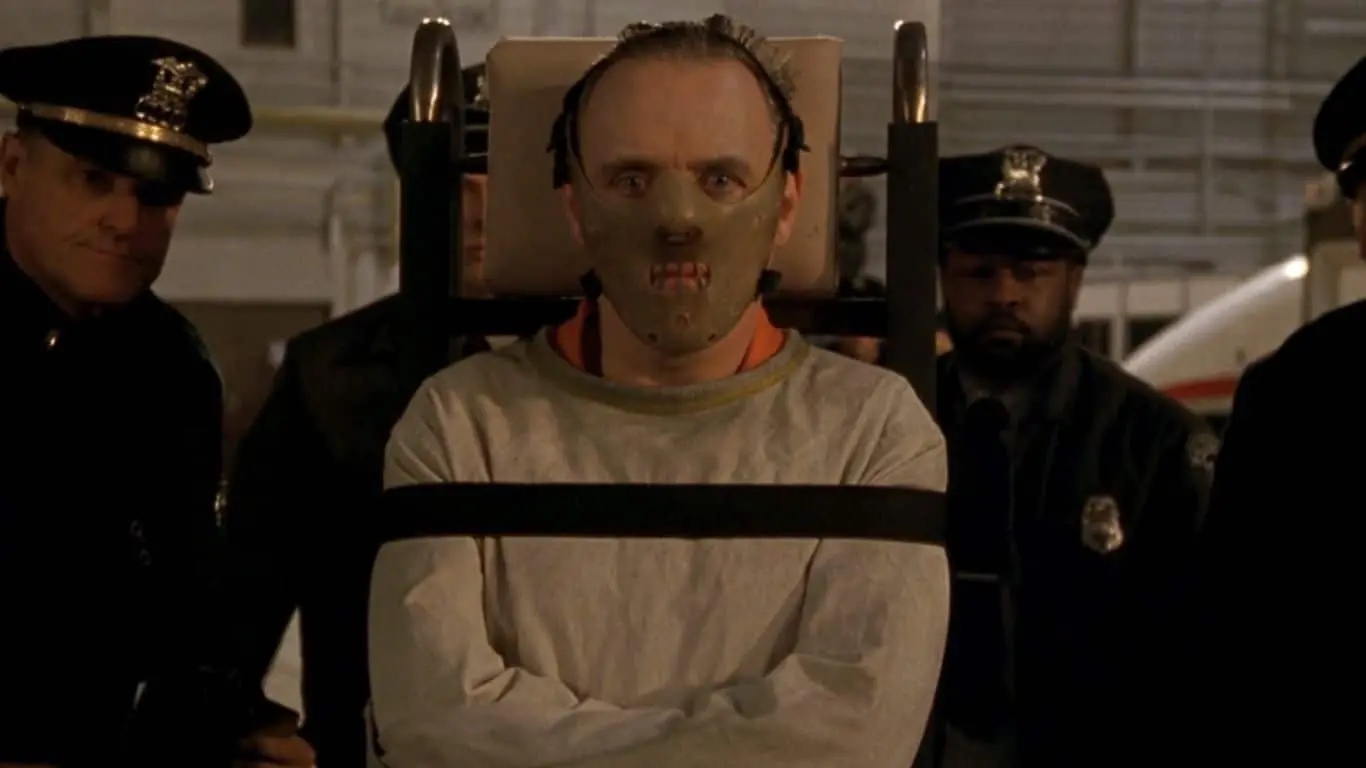
Dr. Hannibal Lecter, portrayed by Anthony Hopkins in “The Silence of the Lambs,” ranks as one of the most chilling and brilliant horror villains ever conceived. A cannibalistic psychiatrist, Lecter’s intelligence and cold charisma are paired with a taste for human flesh, leading to an unforgettable on-screen presence. His collaboration with special agent Clarice Starling, played by Jodie Foster, to catch another murderer, Buffalo Bill (Ted Levine), adds layers of complexity to his character.
Hopkins’ masterful performance earned him a rare Best Actor Oscar in the horror genre, cementing the character’s place in cinematic history. The blend of sophistication, psychological depth, and gruesome appetite makes Hannibal Lecter a standout figure, continuing to haunt audiences with his blend of elegance and terror.
Pennywise the Clown
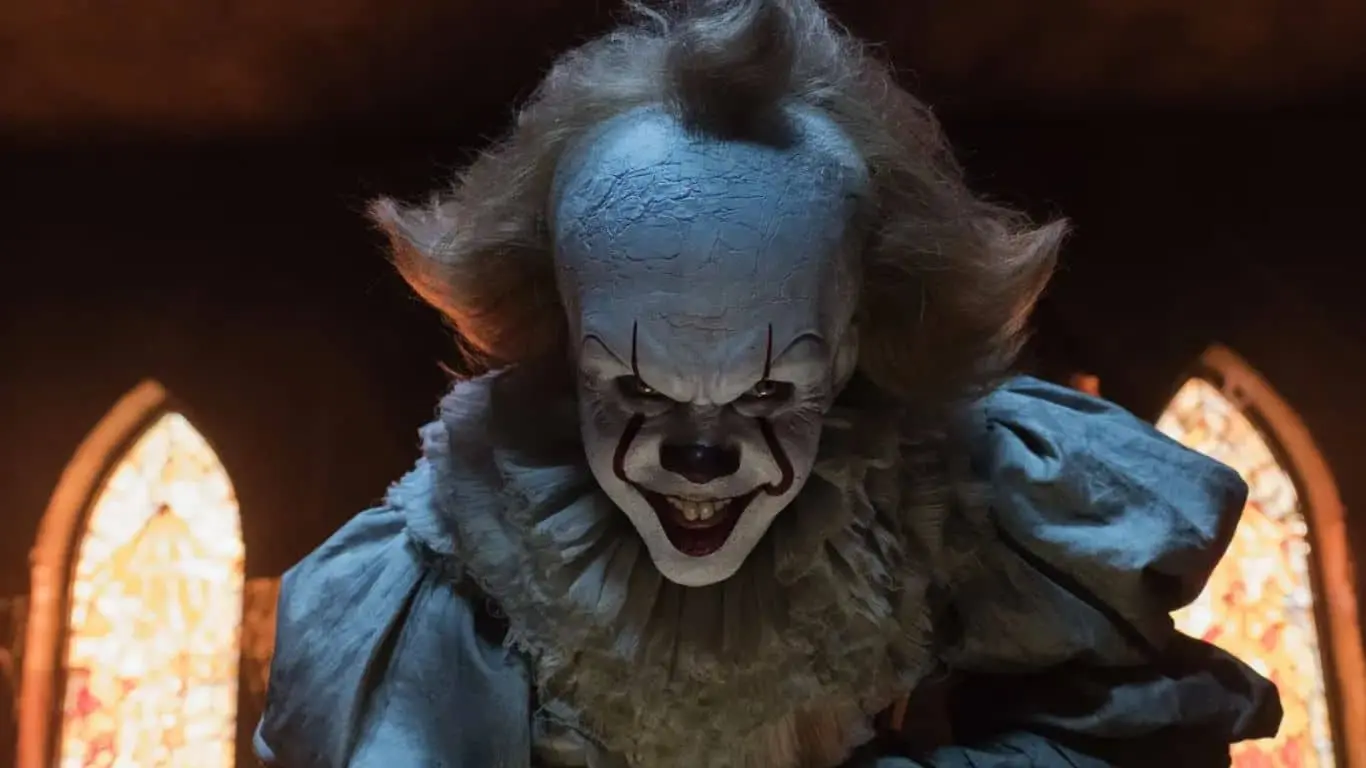
“It” has become synonymous with the fear of clowns, largely thanks to the nightmarish character of Pennywise. First portrayed by Tim Curry in the 1990 miniseries, and then reimagined by Bill Skarsgård in the 2017 reboot and its 2019 conclusion, Pennywise is no ordinary clown. It’s a shape-shifting, malevolent entity that feeds on the fears of children, embodying their deepest anxieties.
Both Curry and Skarsgård brought unique touches to the role, adding layers of terror and malice. The character’s wild laughter, chilling grin, and unpredictable nature have left an indelible mark on horror cinema. Pennywise’s horrifying visage continues to resonate with audiences, making clowns a symbol of terror for a new generation.
Michael Myers
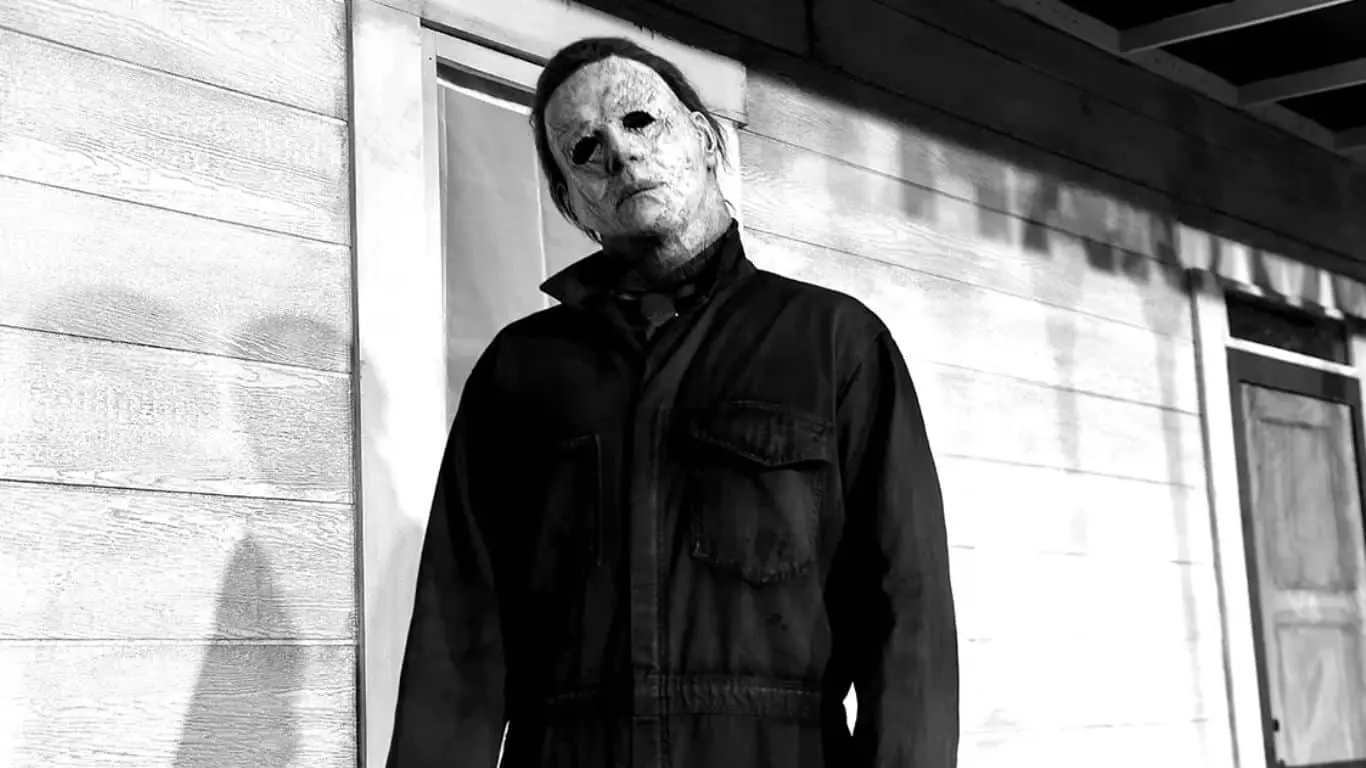
Myers, known as “the Shape” in John Carpenter’s “Halloween” (1978), is a character who has come to epitomize the relentless and enigmatic nature of slasher villains. His brutal murder of his own sister as a child set the stage for a killing spree that seems both senseless and unstoppable. Wearing a William Shatner mask, Myers’ slow-walking, silent demeanor contrasts with his ruthless killing efficiency.
The franchise, launched with a modest budget of $320,000, became one of the most frightening and successful in horror history. Actor Donald Pleasence’s portrayal of the psychiatrist trying to stop Myers added a level of gravitas to the low-budget film, elevating it into a classic. Michael Myers’ combination of mystery and brutality continues to captivate and terrify audiences, solidifying his place in the pantheon of horror icons.
Jack Torrance
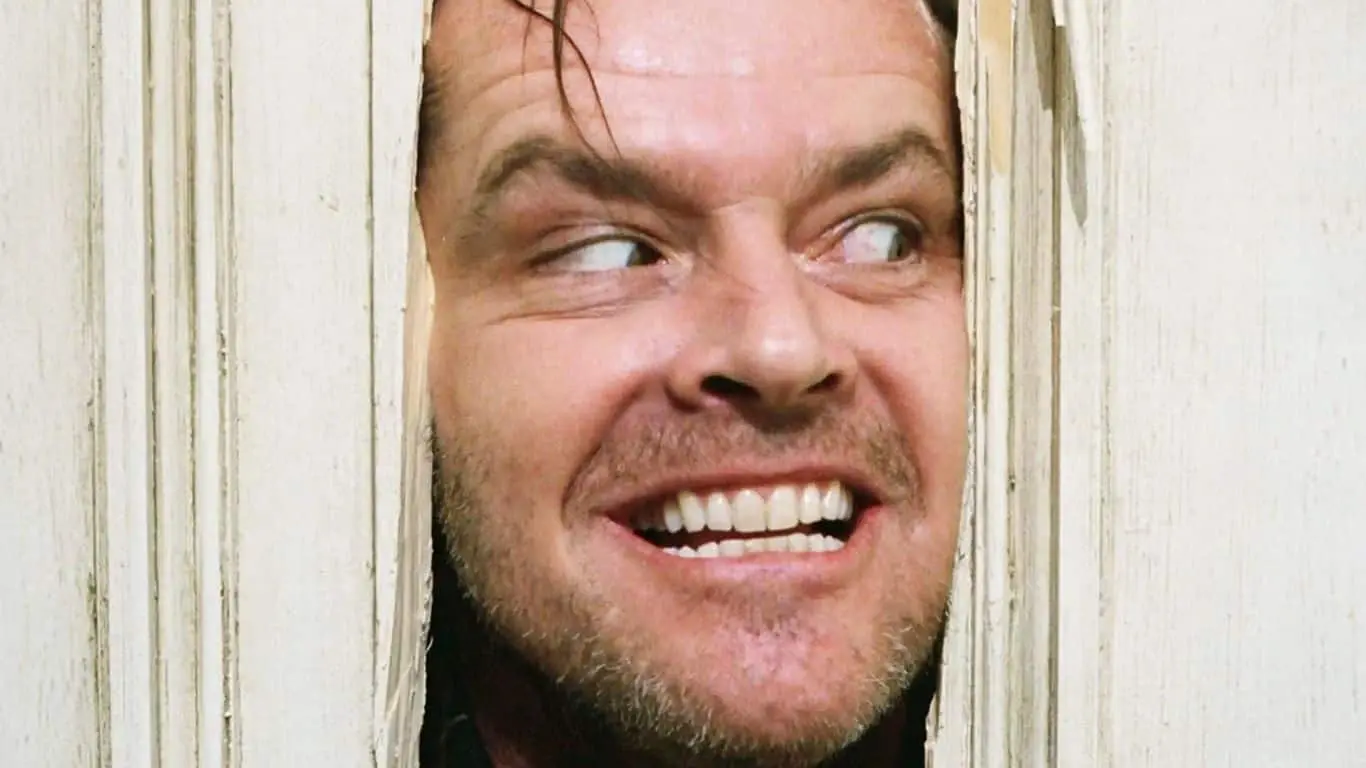
Torrance, portrayed by Jack Nicholson in Stanley Kubrick’s “The Shining” (1980), sets an extraordinary standard in horror cinema. With a performance that captures a slow descent into madness, Nicholson’s Torrance is both captivating and terrifying. The film’s enduring influence is testament to its power, with the iconic “Here’s Johnny” scene etched into popular culture as one of the most memorable moments in horror history.
Though released in the early ’80s, “The Shining” continues to be hailed as one of the greatest horror films ever made, and Nicholson’s portrayal remains a high watermark for acting in the genre. His intense and unhinged performance transforms Jack Torrance into a character that is as unsettling as he is unforgettable.
Norman Bates
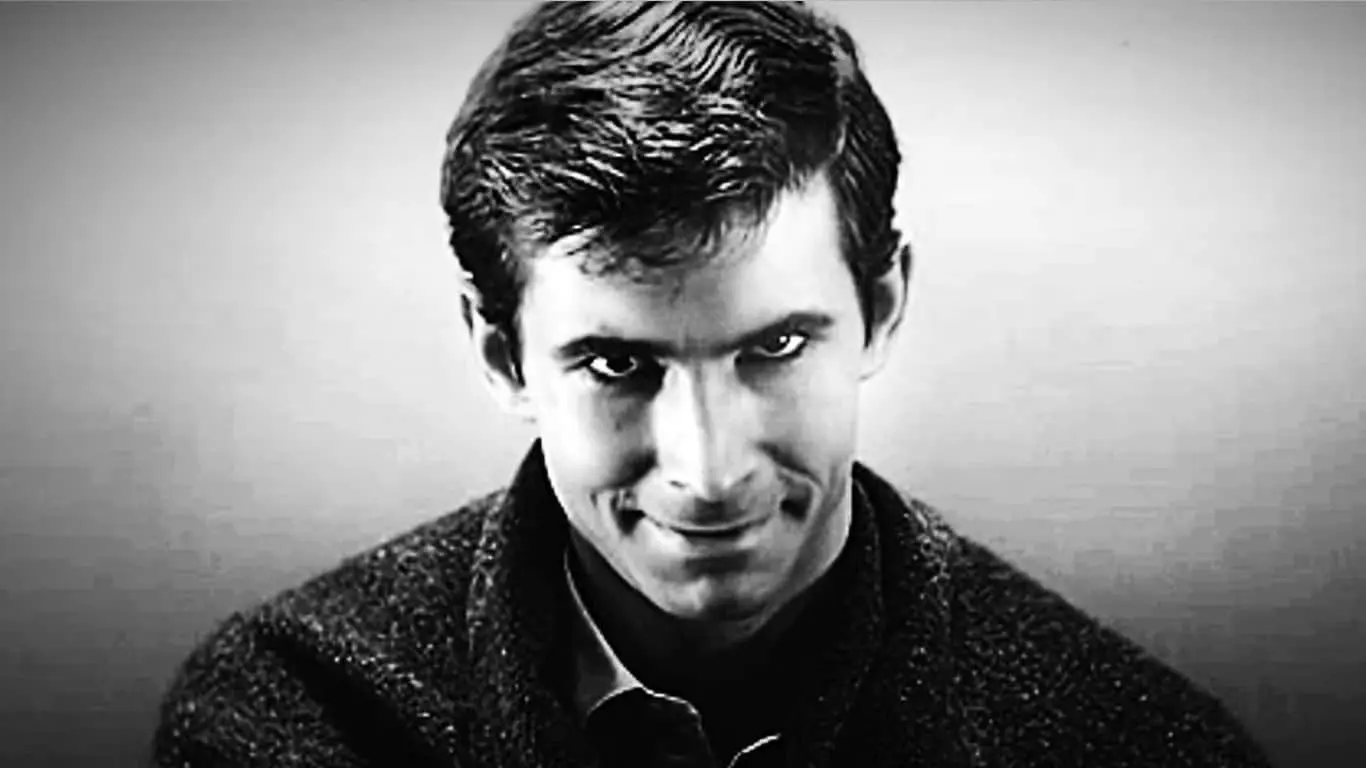
Bates, played by Anthony Perkins in Alfred Hitchcock’s “Psycho” (1960), stands as a landmark character in the horror genre. This twisted character is known for one of cinema’s most shocking twist endings. On the surface, Norman seems shy and unassuming, but beneath lies a dark and disturbed personality. His character has inspired other memorable fictional killers, yet he remains distinct and influential. Hitchcock’s fondness for Perkins allowed some improvisation, leading to unique character traits like Norman’s love for candy corn.
Even the blood in “Psycho” has its quirks, famously being portrayed by Bosco chocolate syrup. Norman Bates’s complex portrayal, combined with Hitchcock’s masterful direction, turns him into a character that both fascinates and terrifies, cementing his place as one of the iconic figures in horror cinema.
Ghostface
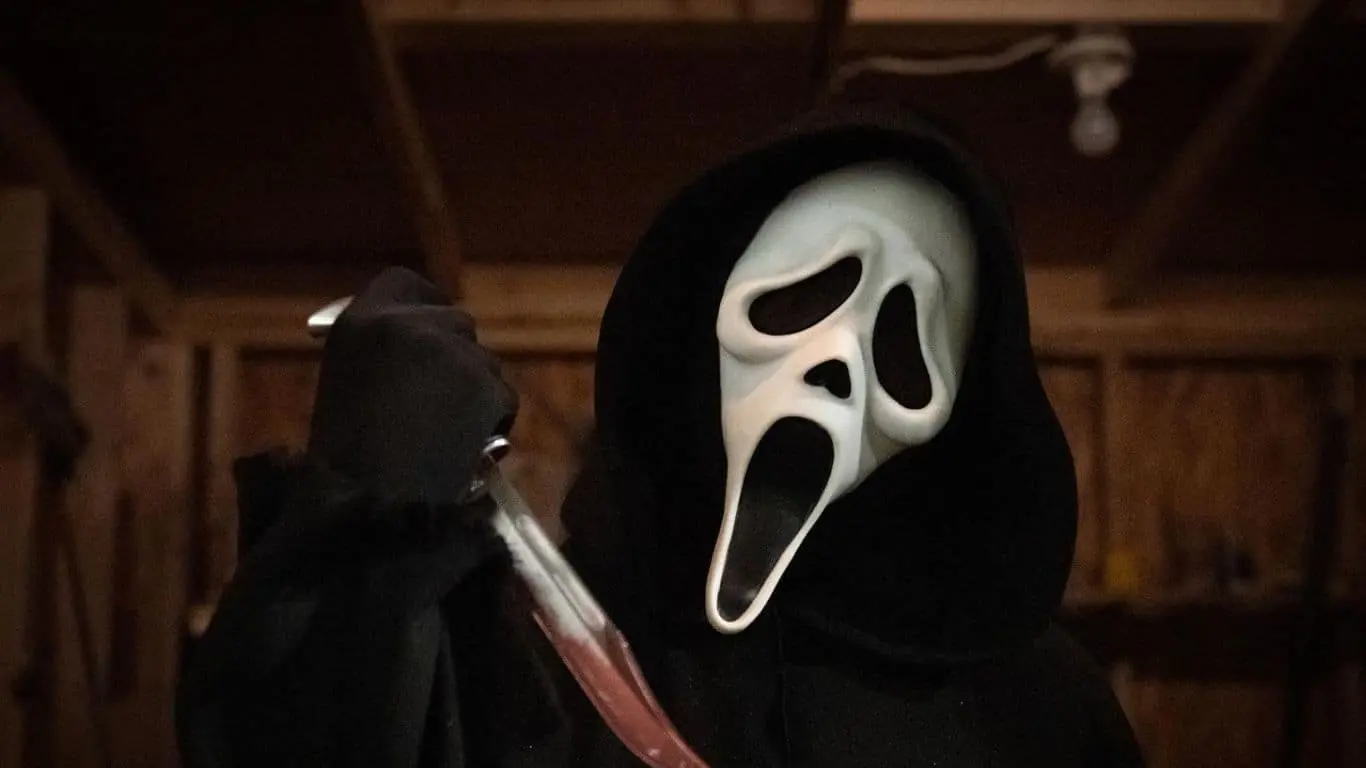
Ghostface, the masked antagonist from Wes Craven’s “Scream” (1996), played a pivotal role in revitalizing the modern horror genre. This character’s haunting appearance, combined with his silent but violent demeanor and eerie phone voice, created a fresh and terrifying villain. Although not outwardly creepy in the traditional sense, Ghostface’s unpredictable behavior and the mystery surrounding his identity added layers of suspense and fear to the film.
The success of “Scream” owes much to this menacing character, who became an emblem of ’90s horror. His unsettling presence continues to send chills down the spines of audiences, cementing Ghostface’s place in the horror pantheon and leaving an indelible mark on the genre.
Annabelle
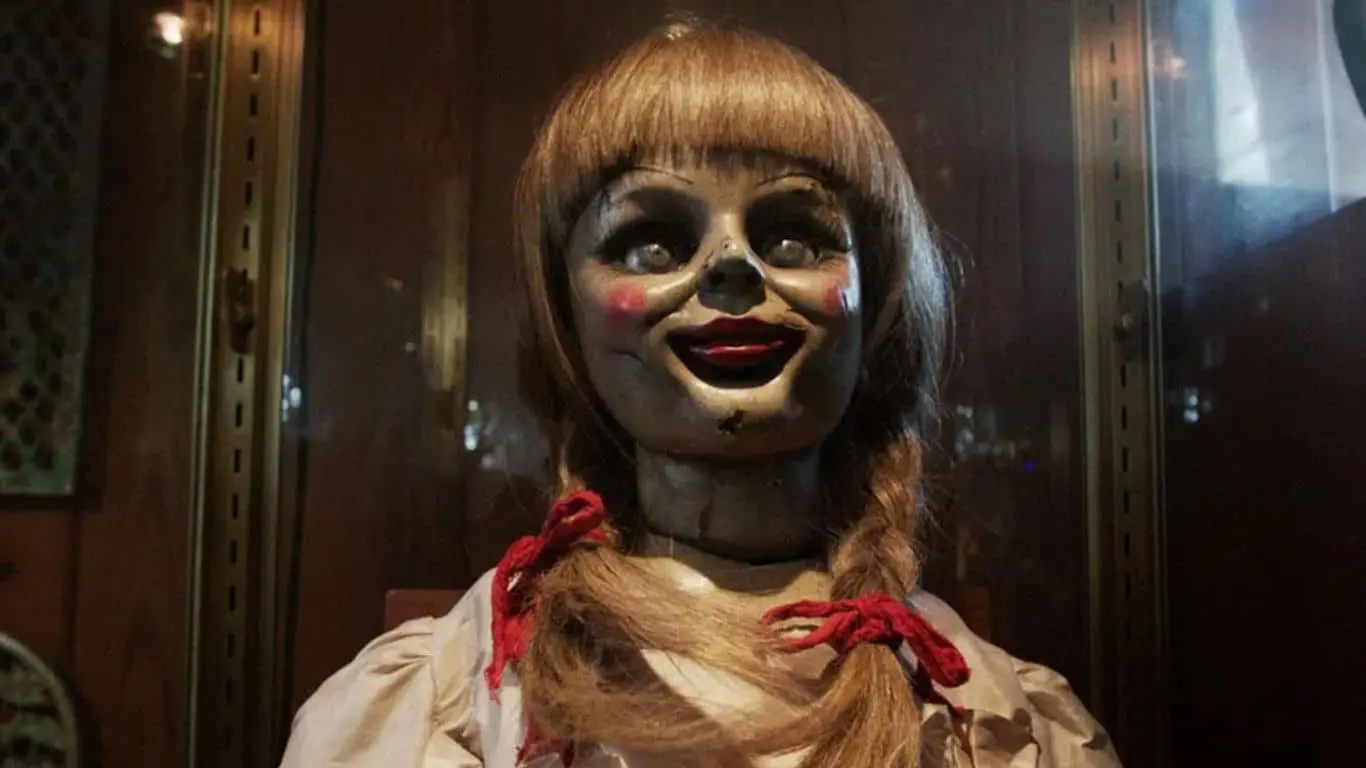
Next is Annabelle, the creepy doll from “The Conjuring” universe, has transcended her brief appearance to become a horror icon in her own right. With unsettling eye makeup and an appearance inspired by a real-life doll allegedly associated with at least one death, Annabelle embodies a unique form of terror. Her eerie presence was so captivating that she received her own film, allowing audiences to explore her sinister backstory further.
Whether it’s her life-like appearance or the ominous legends surrounding her, Annabelle represents a nightmarish version of a childhood toy. This horrifying character taps into deep-seated fears, making her a memorable figure in modern horror and a toy that audiences would indeed prefer to avoid.
Carrie White
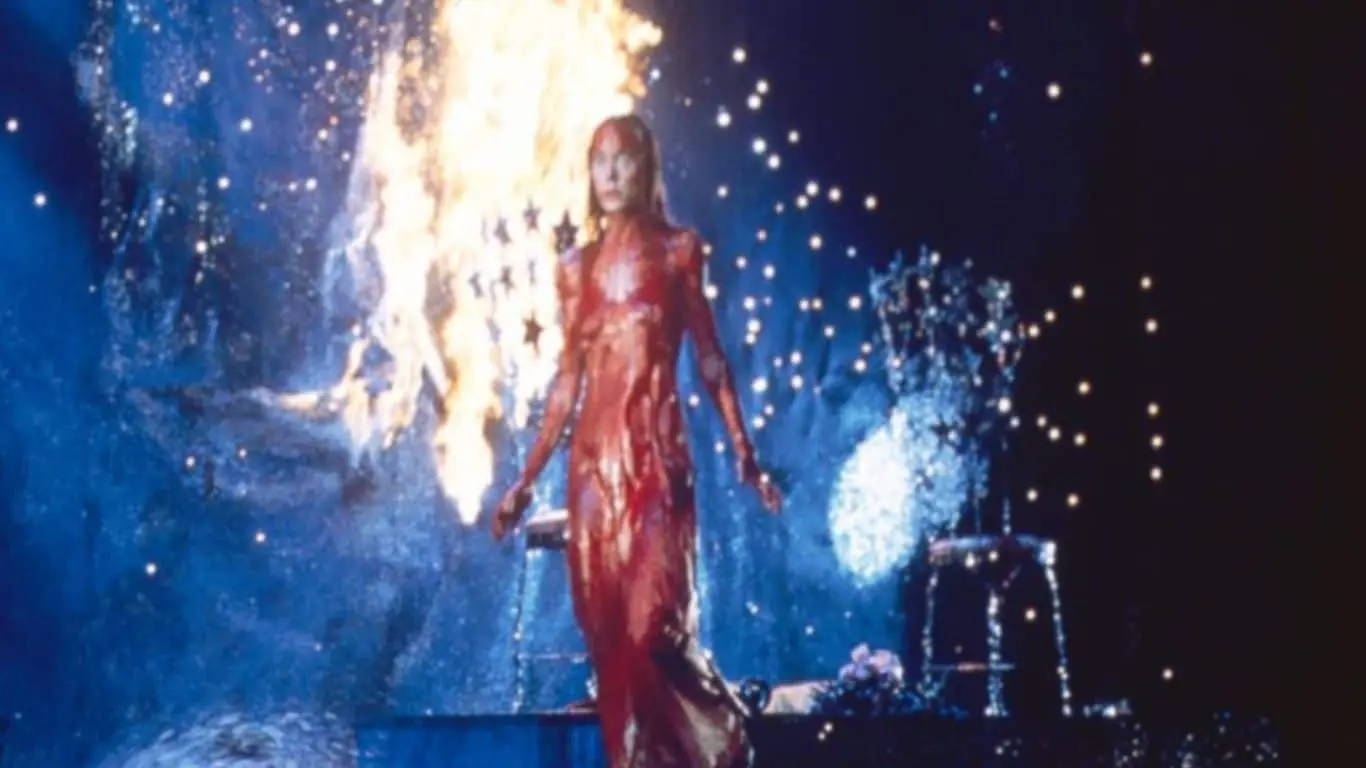
The portrayal of Carrie White by Sissy Spacek in Brian De Palma’s adaptation of Stephen King’s novel “Carrie” raises the intriguing question of whether she is the monster or the victim. Continuously bullied by her peers, the character’s tragic story unfolds with an intensity that many viewers find deeply sympathetic. Spacek’s preparation for the role, including her deliberate dishevelment and unbrushed teeth, added authenticity to her portrayal of a tormented young girl. Her performance artfully balances empathy and horror, creating a complex character who is both victim and villain.
And the infamous prom scene, where Carrie’s pent-up rage explodes in a murderous rampage, is a horrifying climax, yet it’s also a poignant reflection of her desperation and pain. Carrie’s character remains a rich and multifaceted exploration of alienation and revenge, standing as one of the most compelling figures in horror cinema.
Pinhead
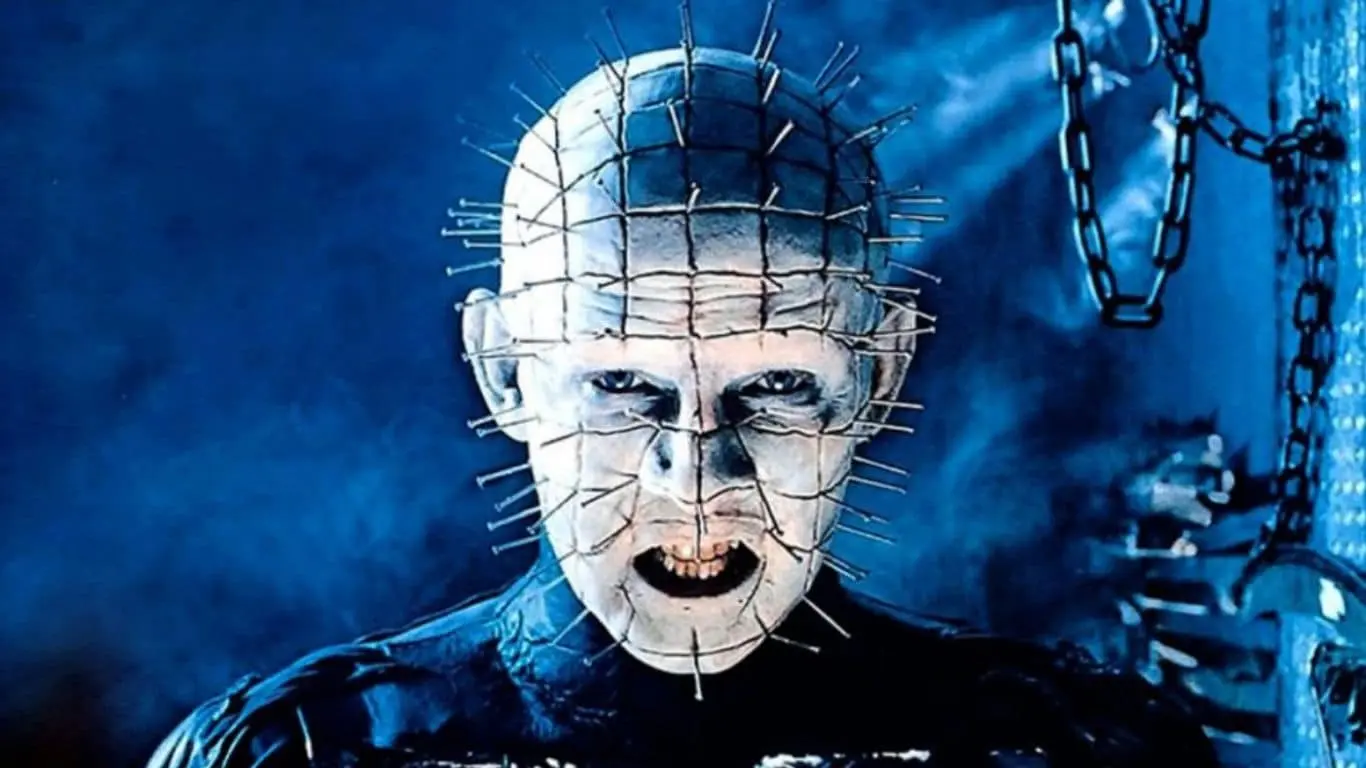
Summoned through the Lament Configuration puzzle box, his mere 10 minutes on screen are filled with chilling dialogue and gruesome imagery. Pinhead’s metal hooks and chains, which he controls to rend the flesh of his victims, contribute to some of the goriest scenes in horror cinema. Despite his malevolence, the character’s love for language and his articulate manner of speaking create a surprising and unnerving juxtaposition.
His ability to play with words as deftly as he plays with his victims adds a layer of complexity to his character, making him a memorable and terrifying figure in the genre. His fascination with human suffering and his mastery of torment stand as a nightmarish testament to the dark capabilities of the human imagination.
Candyman
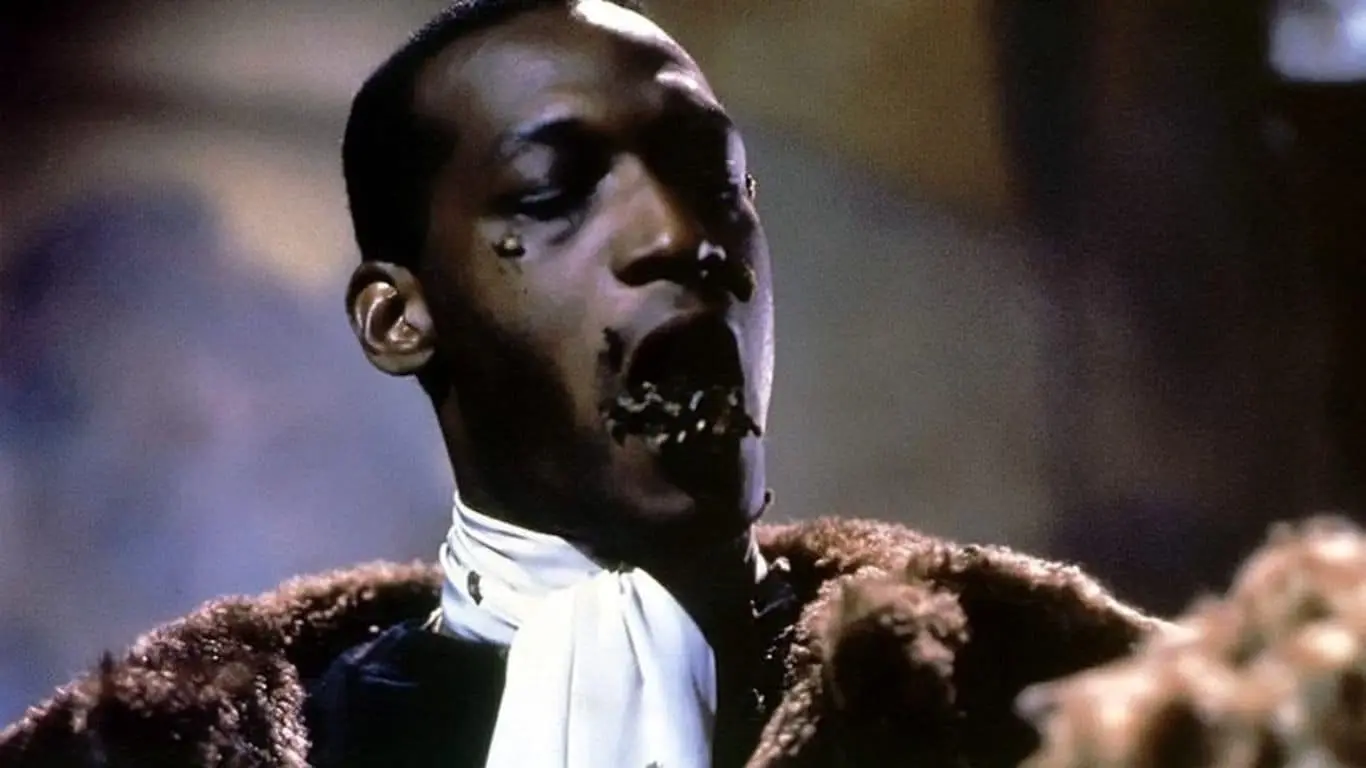
The character of Candyman, portrayed by Tony Todd in the 1992 film “Candyman,” is a haunting and unforgettable figure in horror cinema. With his sinister attachment to the film’s protagonist, Helen Lyle, and his connection to a swarm of real bees, Candyman has become an all-time villain whose mere name evokes fear. The decision to use actual bees in one of the film’s most intense and visceral scenes added to the terror, as did the knowledge that Todd was stung 23 times during filming.
His negotiation to be compensated $1,000 for each sting reveals a smart approach to his craft. But more than that, the imagery of bees flying out of Candyman’s mouth, filmed without special effects, is a moment that remains etched in the minds of horror fans, contributing to Candyman’s lasting impact on the genre.
Babadook
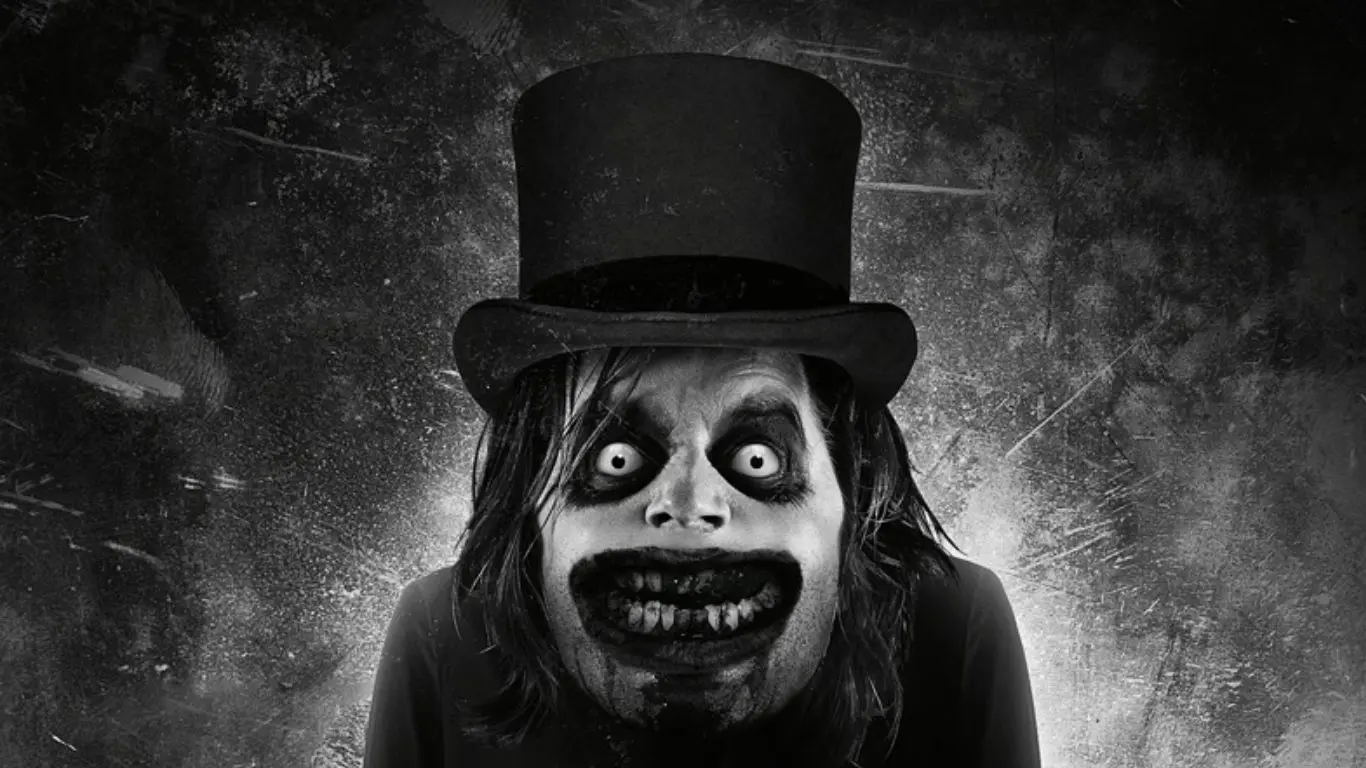
As a white-faced man in a top hat with razor-sharp teeth, this character represents a twisted embodiment of grief and fear. Originating from a children’s book within the film, the Babadook morphs into a very real and terrorizing entity, preying on the emotions and mental state of a troubled mother and her son. More than just a frightful appearance, the Babadook stands as a metaphorical monster, reflecting the internal struggles and darkness that can consume individuals.
Its pervasive presence in the characters’ lives creates an atmosphere of dread that resonates with audiences, solidifying its place as one of the most unsettling and memorable horror villains.
Brahms
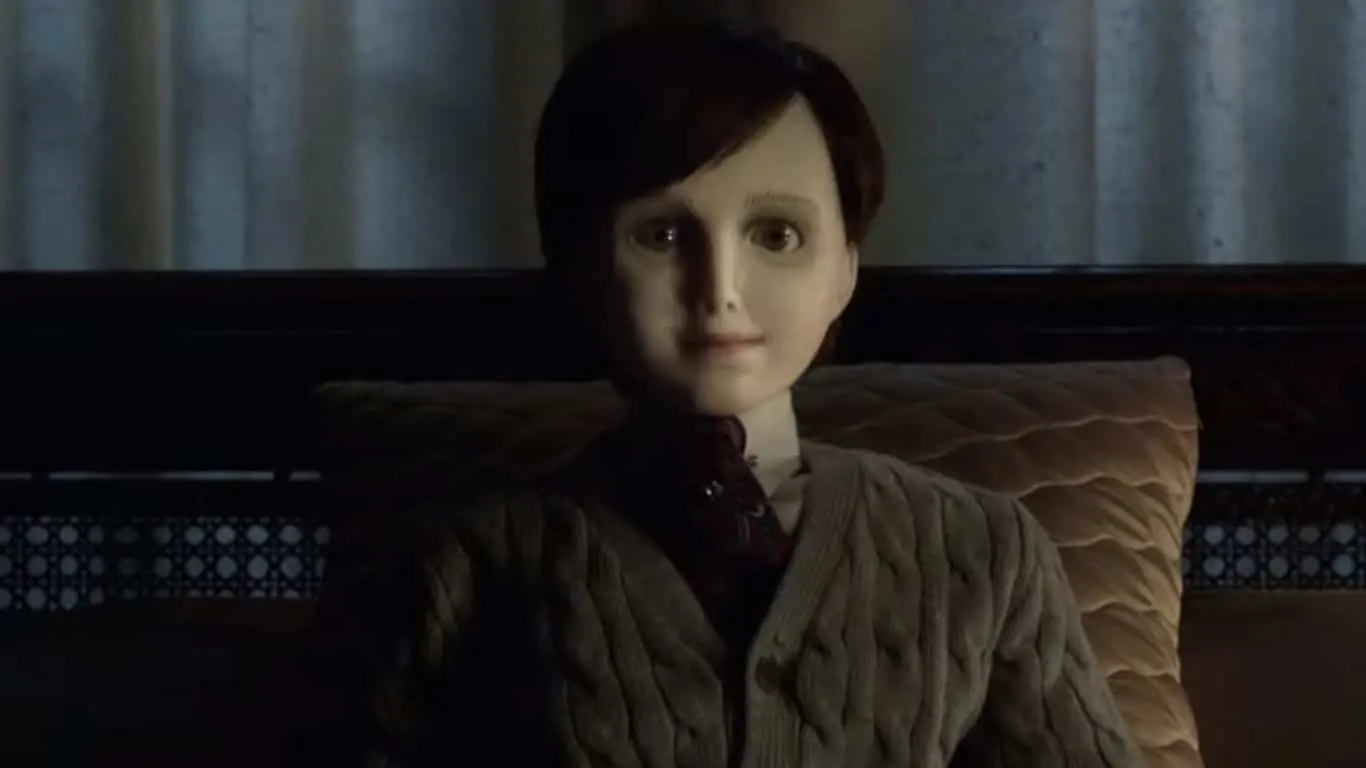
Brahms from “The Boy” encapsulates the terrifying notion that an inanimate object can become a living entity with malevolent intent. This life-like porcelain doll instills a sense of dread in anyone who comes near, representing more than just an eerie decoration but a sinister presence. The idea that something so innocent as a child’s plaything can turn into an object of terror is unsettling and taps into a deep-rooted fear many of us harbor.
The character of Brahms haunts not just the physical space he occupies but also the minds of those who encounter him. His unblinking, lifeless eyes and seemingly sentient actions challenge the boundaries of reality, making him a memorable and chilling figure in horror cinema. If dolls were disconcerting before, Brahms solidifies them as a true nightmare.
Also Read: Top 10 Horror Movie Franchises With The Highest Box Office Earnings
